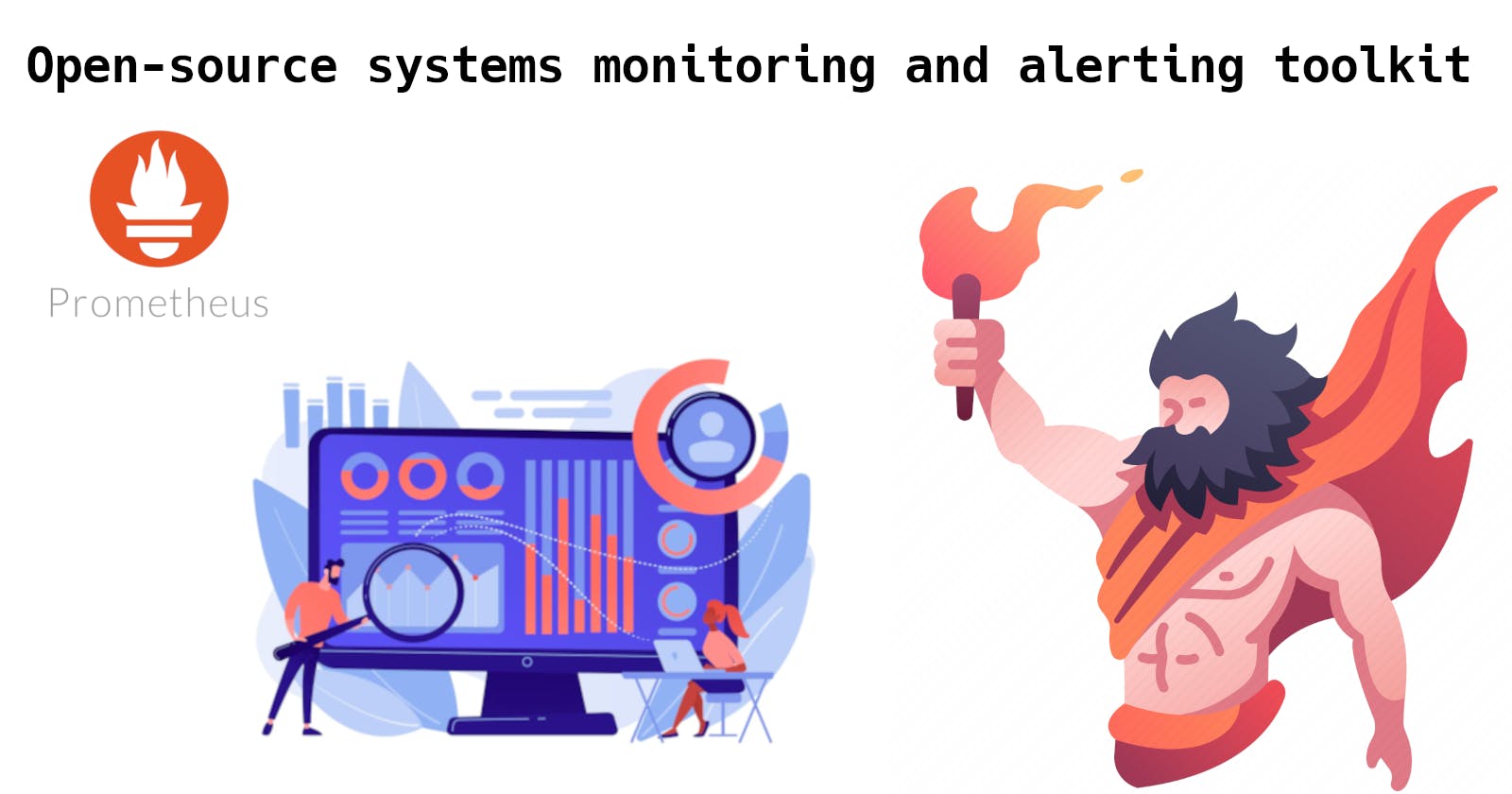Prometheus: Unleashing the Power of Monitoring and Alerting in the Digital Realm
Unveiling the Secrets of Monitoring, Alerts, and Metrics in Today's Systems
Table of contents
Prometheus is an open-source monitoring and alerting system initially developed by SoundCloud in 2012 and later donated to the Cloud Native Computing Foundation (CNCF) in 2016. It is designed for monitoring and collecting metrics from various systems and applications in a distributed environment.
Prometheus follows a pull-based model, where it scrapes metrics data from target systems at regular intervals. It supports a wide range of data sources, including servers, containers, databases, and custom applications. The scraped data is stored in a time-series database, allowing for flexible querying and analysis.
A Simpler explanation
Imagine you have a special robot friend called Prometheus. This robot's job is to keep an eye on everything around it and make sure everything is working properly.
Prometheus goes to different places and collects information, like how fast a toy car is moving or how hot a cup of tea is. It does this by asking the car and the cup questions and writing down the answers.
Once Prometheus has all this information, it puts it in its special notebook. The notebook is really smart and can understand the information Prometheus collected.
If something is not right, like if the car is going too fast or the tea is too hot, Prometheus can sound an alarm to let you know. It can also send messages to your phone or other devices so you can take action.
Prometheus is really good at its job because it can keep track of lots of things at once. It can watch many cars, cups, and other things and tell you if any of them are not working as they should.
That's basically what Prometheus does—it collects information, stores it in a special notebook, and tells you if something is wrong. It helps you keep everything running smoothly and avoid problems.
Features
Key features of Prometheus include:
Metrics Collection: Prometheus collects time-series metrics data by periodically scraping metrics endpoints exposed by target systems, such as HTTP, SNMP, or other protocols.
Data Storage: The collected data is stored in a time-series database that allows efficient storage and retrieval of metric data over time.
Querying Language: Prometheus provides a powerful query language called PromQL (Prometheus Query Language), which allows users to perform complex queries and aggregations on the collected data.
Alerting and Alert Manager: Prometheus supports defining alert rules based on specific metric conditions. When these conditions are met, alerts are triggered, and notifications can be sent to various channels such as email, PagerDuty, or other integrations.
Visualization and Dashboards: While Prometheus itself does not include built-in visualization features, it integrates well with other tools like Grafana, which can be used to create rich and interactive dashboards to visualize the collected metrics.
Service Discovery: Prometheus supports service discovery mechanisms, allowing it to automatically discover and monitor new instances of services as they are added or removed from the environment. It can integrate with various service discovery mechanisms like DNS, Kubernetes, or file-based discovery.
How to setup?
Setting up Prometheus involves several steps. Here's a simplified guide to get you started:
Download Prometheus: Visit the Prometheus website and navigate to the downloads page. Choose the appropriate package for your operating system.
Extract the Files: Once the download is complete, extract the Prometheus files from the downloaded package to a directory of your choice.
Configuration: Prometheus uses a configuration file
prometheus.ymlto specify which targets to monitor and other settings. Open the configuration file using a text editor and make the necessary changes.Define scrape targets: Specify the endpoints or services that Prometheus should scrape for metrics. For example, you can add a target for a local application running on port 8080.
Configure alerting rules: If you want Prometheus to trigger alerts based on specific conditions, you can define alerting rules in the configuration file.
Customize other settings: You can adjust various parameters like scrape intervals, storage configurations, and retention policies according to your requirements.
Start Prometheus: Launch the Prometheus server by running the Prometheus executable file. Depending on your operating system, you can execute it via the command line or use a provided start script.
If running on Linux or macOS, open a terminal, navigate to the Prometheus directory, and run the command:
./prometheusOn Windows, open the command prompt, navigate to the Prometheus directory, and run the command:
prometheus.exe
Prometheus will start and begin scraping metrics from the configured targets.
Access Prometheus UI: Prometheus provides a web-based user interface for querying and visualizing metrics. Open a web browser and enter "http://localhost:9090" (or the appropriate IP address and port) to access the Prometheus UI.
Explore and Query Metrics: In the Prometheus UI, you can explore the collected metrics, execute queries using the PromQL language, and create custom graphs and visualizations.
Integrate with Alert Manager and Visualization Tools: Prometheus can be integrated with other tools like Grafana for advanced visualization and with Alert Manager to handle alert notifications. Follow the respective documentation to set up these integrations.
Conclusion
Refer to the Prometheus documentation for more detailed information on each step and advanced configurations. Prometheus has gained popularity in the containerized and cloud-native ecosystem due to its scalability, reliability, and extensibility. It is widely used in monitoring and observability of modern distributed systems, providing valuable insights into system performance, resource utilization, and application behavior.

